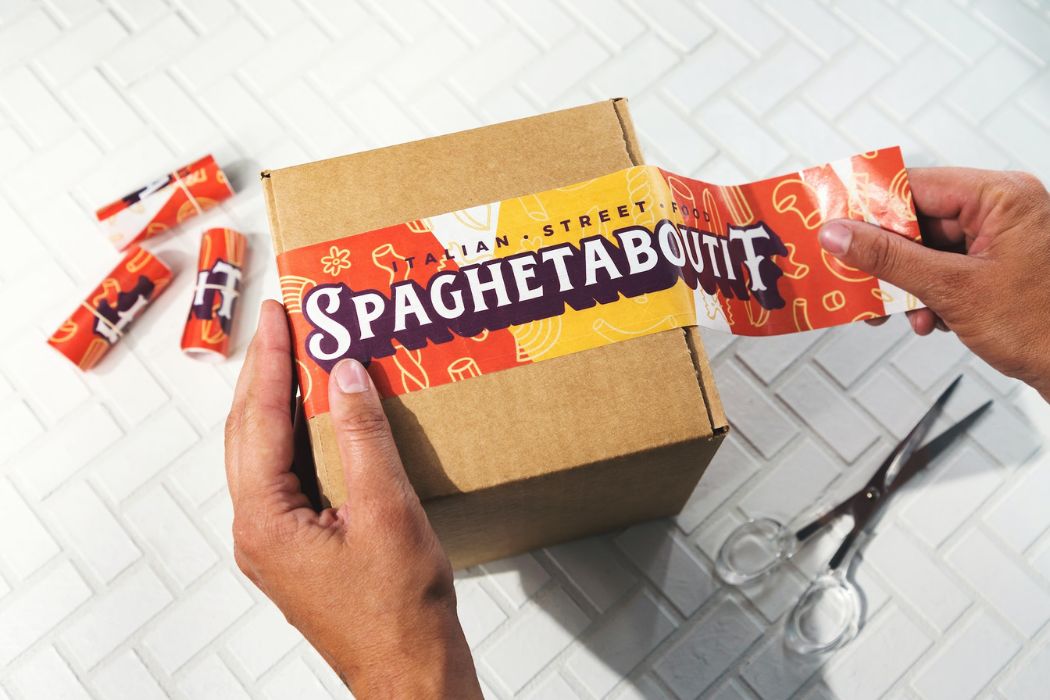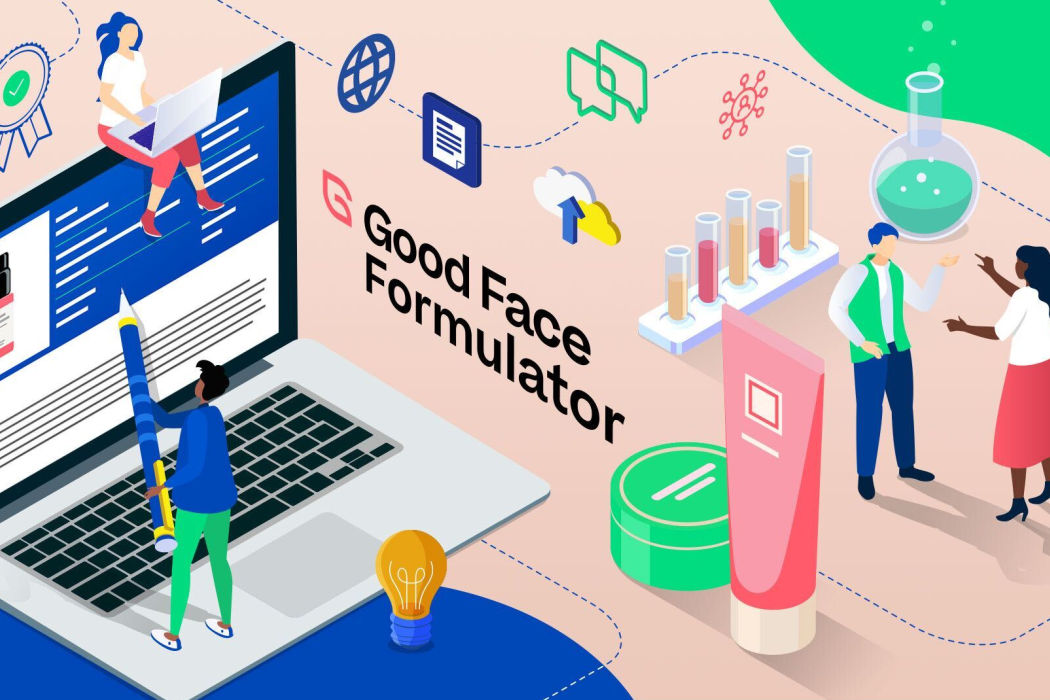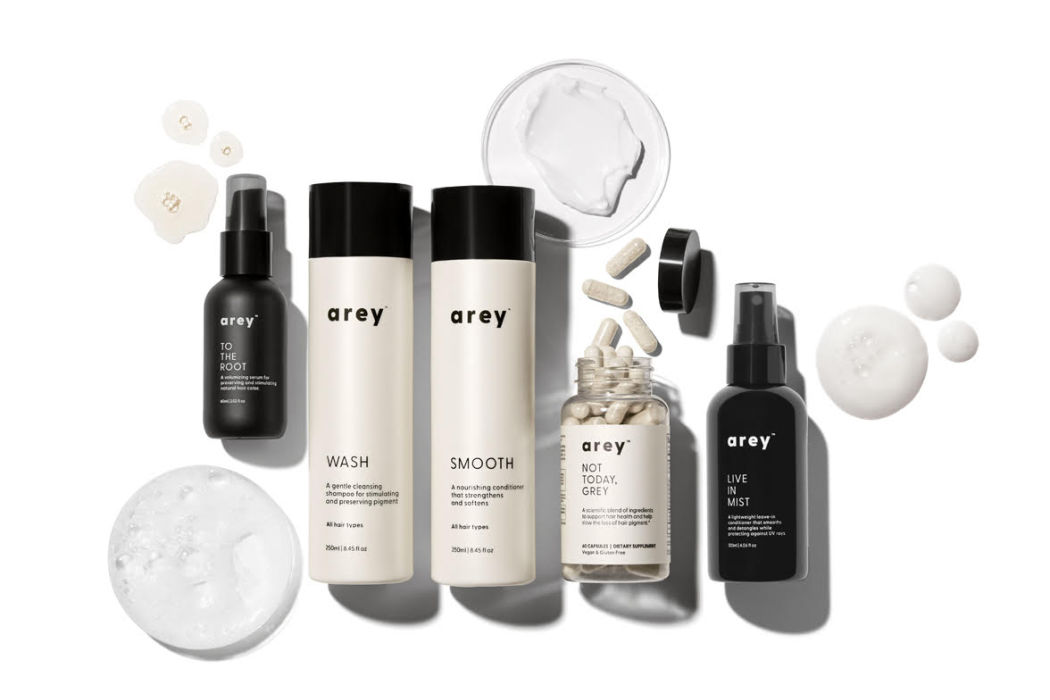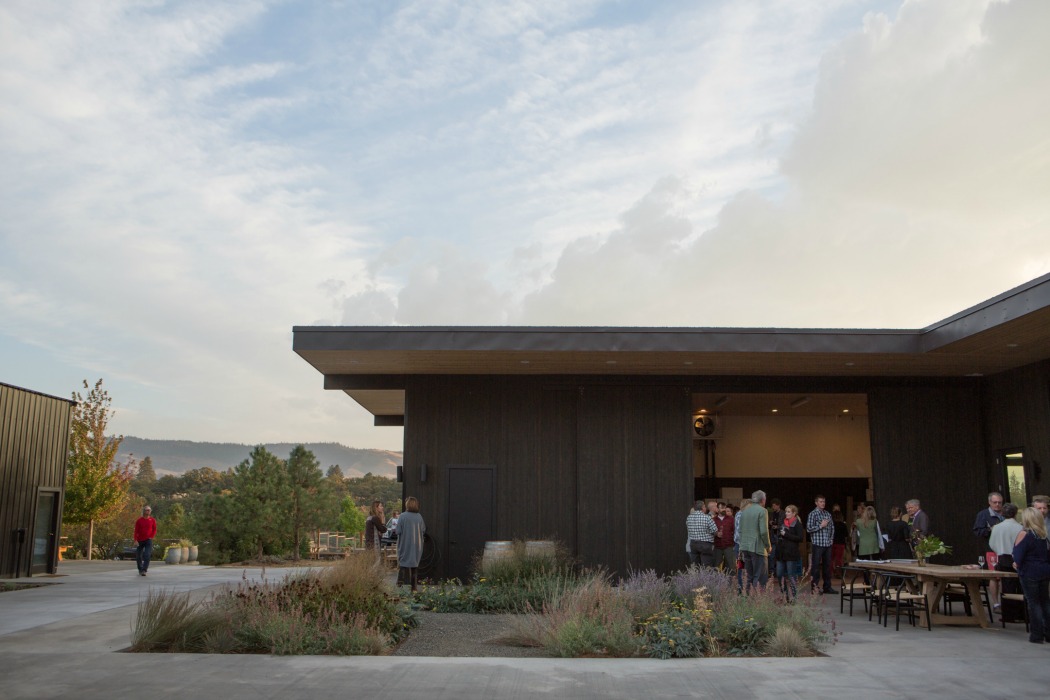Once upon a time there was a stigma attached to QVC – a perception that QVC beauty products were not prestige. But then they began upping their style credibiitiy by featuring designer brands and celebrity spokespeople and the tables turned – everybody from Neutragena to Saint Laurent began fighting for air-time. Talk about a fairy tale ending!
It’s been a long time since department stores were the primary destination for beauty product shopping. Beauty dollars are now being spent across multiple outlets including online, home shopping channels and infomercials (QVC is essentially a combination of all three). A lot of different factors have contributed to this shift, including the desire for convenience and product education. QVC (which stands for Quality, Value & Convenience) allows the consumer to not only view the potential effect of a product through live before and after transformations, but also learn about the features and benefits directly from the founder, dermatologist or other professional. Equally important is their social media component that engages the customer on a whole new level. Today’s QVC beauty customer is not just watching the show, she’s connected through her phone as well as her PC or tablet – sending tweets, chatting on Facebook and asking questions via QVC.com. These tweets appear on screen during the broadcast and the questions are answered live on air. Leveraging social networks, QVC has over two million Facebook fans around the world. So the blogging, commenting “liking” and sharing can happen 24/7! It’s no wonder that QVC has defined themselves as both “a global shopping community” and “a video and ecommerce retailer.”
Check out our tips on how to successfully sell your brand on QVC. – C.M.




